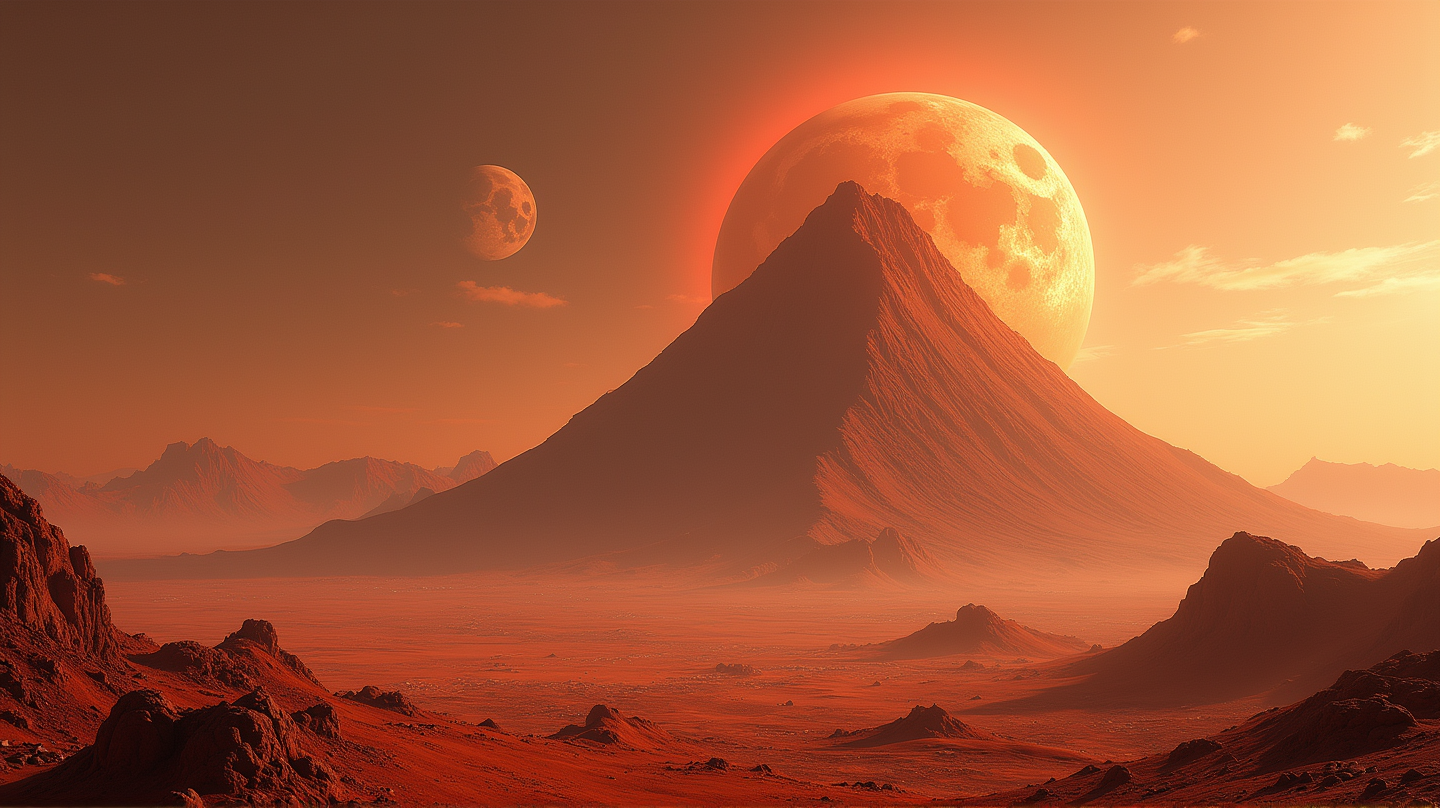Mars' Mythic Mammoth: Arsia Mons Outshines Everest
Discover Mars' Arsia Mons, a volcano towering over Everest, captured by NASA's Odyssey, unraveling its colossal stature.

Introduction to the Martian Marvel
In the realm of space exploration, Mars continues to astonish scientists with its wondrous landscapes. Among its many marvels, Arsia Mons, a towering volcano, reigns supreme. Recent images captured by NASA’s Mars Odyssey orbiter have highlighted the sheer magnitude of this colossal structure, leaving experts in awe.
Discovering Arsia Mons
For decades since the first Mars landing, our understanding of the red planet’s geography has grown exponentially. However, it wasn’t until a stunning photo taken on May 2, 2023, that Arsia Mons truly captured the world’s imagination. This volcano, towering over 19 kilometers high, surpasses even Mount Everest in height. As stated in Blanquivioletas, it’s a titan not only on Mars but across the entire Solar System.
The Odyssey’s Crucial Role
Since its launch in 2001, the Mars Odyssey orbiter has provided invaluable data, continually unveiling new facets of the Martian surface. A pivotal moment came in 2023 when the orbiter’s camera transitions allowed it to capture breathtaking horizon images. These new angles have revealed the atmospheric behaviors on Mars, such as cloud formations and seasonal changes, which fascinated scientists like Michael Smith at NASA’s Goddard Space Flight Center.
A New Perspective on Martian Atmosphere
The first side-angle capture of Arsia Mons offers new insights into Mars’ meteorological phenomena. Morning clouds envelop the peak as the atmosphere begins to warm—a key observation for understanding Mars’ atmospheric water cycle, especially highlighted by planetary scientist John Bridge. This knowledge is crucial for future exploration and potential resource utilization, as these clouds hold the promise of precious water—a vital resource for human missions.
The Monumental Scale of Arsia Mons
Arsia Mons is not only spectacularly tall but also immense in width, significantly surpassing Earth’s largest volcano, Mauna Loa. This scale solidifies the Tharsis region as one of the most impressive volcanic zones known. The staggering dimensions of Arsia Mons continue to challenge our comprehension and reshape our understanding of planetary geology.
Conclusion: Embracing the Outer World
The ongoing exploration of Mars and the revelations about Arsia Mons speak to the endless curiosity driving space exploration. With each discovery, we draw closer to understanding our celestial neighbor, embracing the mysteries and marvels that await us in the cosmos.

